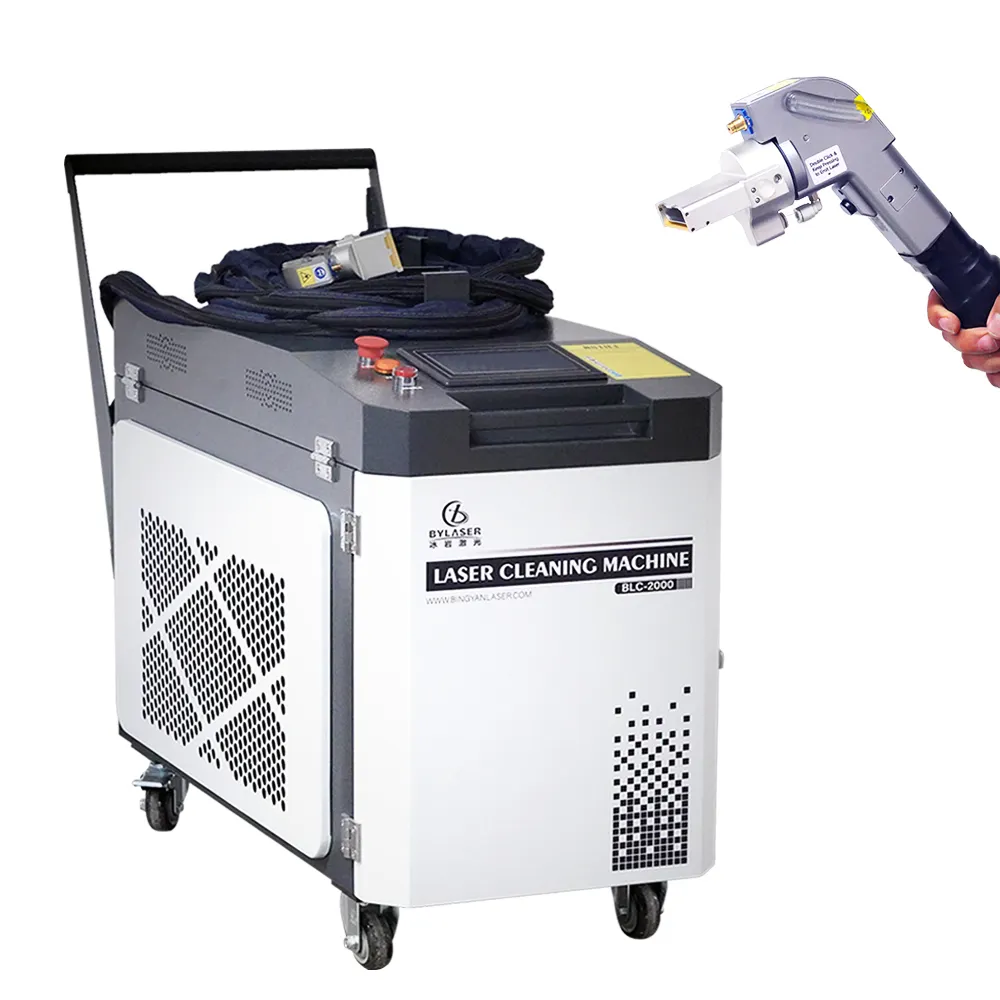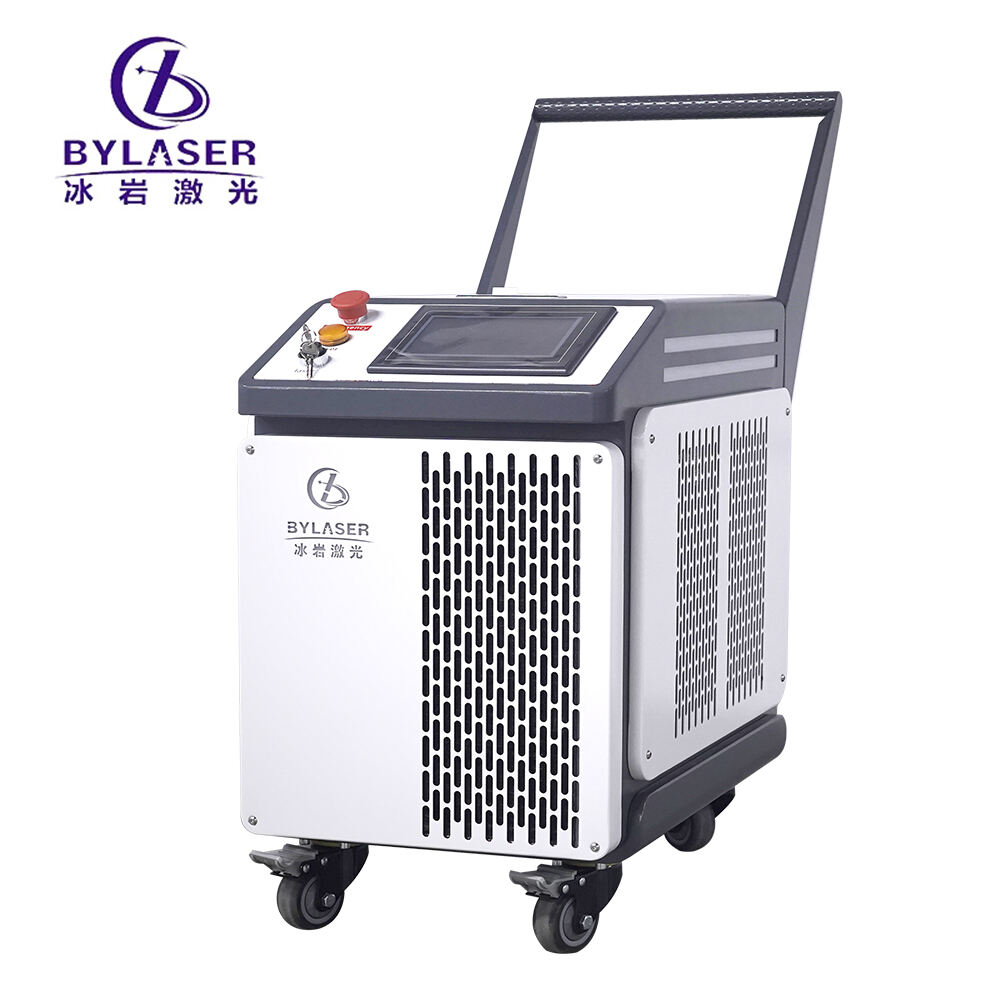The evolution of industrial cleaning has taken a quantum leap with the introduction of laser cleaner machines. These advanced systems have revolutionized how industries approach surface preparation, rust removal, and precision cleaning tasks. As manufacturing standards become increasingly stringent, the demand for efficient and environmentally-friendly cleaning solutions has made laser cleaner machines an indispensable tool across various sectors.
Modern laser cleaner machines utilize concentrated light energy to remove contaminants, rust, paint, and other unwanted materials from surfaces without causing damage to the base material. This innovative technology offers unprecedented precision and control, making it suitable for both delicate restoration work and heavy-duty industrial applications.
The effectiveness of a laser cleaner machine largely depends on its power output capabilities. Industrial-grade systems typically range from 50W to 1000W or more, with higher powers enabling faster cleaning of larger areas. When selecting a system, it's crucial to match the power output with your specific application requirements. For instance, rust removal might require higher power settings, while delicate surface cleaning needs precise control at lower power levels.
Modern laser cleaner machines often feature adjustable power settings, allowing operators to fine-tune the cleaning intensity. This versatility ensures optimal results across different materials and contamination levels while preventing damage to sensitive surfaces.
Superior beam quality is essential for achieving consistent cleaning results. Advanced laser cleaner machines incorporate sophisticated optics that deliver uniform power distribution across the cleaning area. The ability to adjust focal length and spot size enables operators to optimize the cleaning process for different surface geometries and material types.
Look for systems with automated focus control and beam shaping capabilities, as these features enhance cleaning efficiency and reduce operator intervention. High-quality beam delivery systems also contribute to longer operational life and reduced maintenance requirements.
Laser cleaner machines excel in metal surface preparation and treatment. They effectively remove rust, oxidation, paint, and coatings from steel, aluminum, copper, and other metals without abrasion or chemical residues. The non-contact nature of laser cleaning prevents mechanical stress and maintains the structural integrity of treated components.
When processing metal surfaces, the laser cleaner machine's wavelength and pulse characteristics must match the absorption properties of both the contaminant and base material. This ensures efficient removal of unwanted layers while protecting the underlying surface.
Different industries require specific cleaning capabilities. In automotive manufacturing, laser cleaner machines prepare surfaces for welding and coating applications. The aerospace sector uses them for precision cleaning of turbine components and structural elements. Electronics manufacturers rely on laser cleaning for removing oxidation from connection points and preparing surfaces for bonding.
Consider your industry's specific requirements when selecting a laser cleaner machine. Factors such as cleaning speed, precision requirements, and material types should guide your choice.
Safety is paramount when operating laser cleaner machines. Look for systems with comprehensive safety features, including emergency stop buttons, interlocked enclosures, and proper beam containment. Ensure the equipment meets relevant safety standards and certification requirements for your region and industry.
Modern laser cleaning systems should incorporate multiple safety layers, such as automatic shut-off mechanisms, operator presence detection, and proper filtration for fume extraction. These features protect both operators and the surrounding environment.
Regular maintenance ensures optimal performance and longevity of your laser cleaner machine. Consider systems with modular designs that facilitate easy access to components requiring periodic inspection or replacement. Look for machines with built-in diagnostics and monitoring capabilities that help predict maintenance needs and prevent unexpected downtime.
Evaluate the manufacturer's support infrastructure, including availability of spare parts, technical assistance, and training programs. A robust support network ensures your investment remains productive throughout its operational life.
The initial cost of a laser cleaner machine represents a significant investment. However, evaluating the total cost of ownership requires considering factors beyond the purchase price. Energy efficiency, maintenance requirements, and operational costs all contribute to the long-term financial impact.
Compare different models based on their productivity rates, power consumption, and expected service life. Higher initial costs may be justified by improved efficiency and reduced operating expenses over time.

Calculate the return on investment by considering labor savings, reduced consumable costs, and improved quality outcomes. Laser cleaning eliminates the need for abrasive materials and chemicals, reducing both direct costs and environmental impact. The precision and consistency of laser cleaning can also lead to fewer rejected parts and improved process reliability.
Factor in the potential for expanded capabilities and new business opportunities when assessing long-term value. A versatile laser cleaner machine can open doors to new markets and applications, providing additional revenue streams.
Laser cleaner machines require regular inspection of optical components, cleaning of filters and exhaust systems, and periodic calibration of beam delivery systems. Most manufacturers recommend quarterly maintenance checks and annual professional servicing to ensure optimal performance and longevity.
Laser cleaning offers superior precision, leaves no residue, and eliminates the need for consumable materials like abrasives or chemicals. It's environmentally friendly, produces minimal waste, and can be more cost-effective in the long run despite higher initial investment.
Essential safety measures include proper operator training, use of appropriate personal protective equipment, installation of proper ventilation systems, and ensuring all safety interlocks and emergency stops are functional. Additionally, the work area should be properly enclosed and marked as a laser operation zone.
When properly configured and operated, laser cleaner machines can safely clean even sensitive materials. The key is selecting appropriate power settings and pulse parameters for the specific material and contamination being addressed. Modern systems include pre-programmed settings for various applications to prevent damage.
